Carrier Education
All of your DrayNow resources, in one place.


Carrier Videos
Click the link below to see our videos that go over how to run intermodal loads on the DrayNow app. Topics include checking the intermodal equipment, ensuring detention payment, working with the rails, managing appointment times, managing paperwork and managing truck routes.
View Videos
Tech That Simplifies Every Trip
At DrayNow, improving user experience is always a top priority. Every feature added to our platform is designed to make intermodal transportation more efficient, more reliable, and less time-consuming. As we thoughtfully incorporate AI technologies into our products and processes. the DrayNow platform now more than ever simplifies the entire workflow, from pickup to delivery.
Read More
Recording In & Out Times
On a live load, the carrier will receive a bill of lading (BOL) from the shipper, signaling what cargo is in the container and that the carrier has indeed picked up the load. On a live unload, the carrier will receive a BOL before running the trip, available through the DrayNow app. It is very important for carriers to include their in and out times on the BOL/POD so that it is known that they were on time for the appointment.
Read Here
Intermodal Accessorials
On occasion, intermodal trucking carriers will have to do something on a load that was not included in the original trip instructions. To account for these extra steps, carriers will receive additional compensation on top of the rate for the drayage load, called accessorials.
Read Here
Inspecting the Intermodal Chassis & Container
Prior to leaving the rail yard with the container on a chassis, a driver should do an inspection of each. With the pre-trip inspection, the carrier should ensure that the container will be deemed acceptable by the customer and that there is no damage to the chassis before taking them from the railyard.
Read Here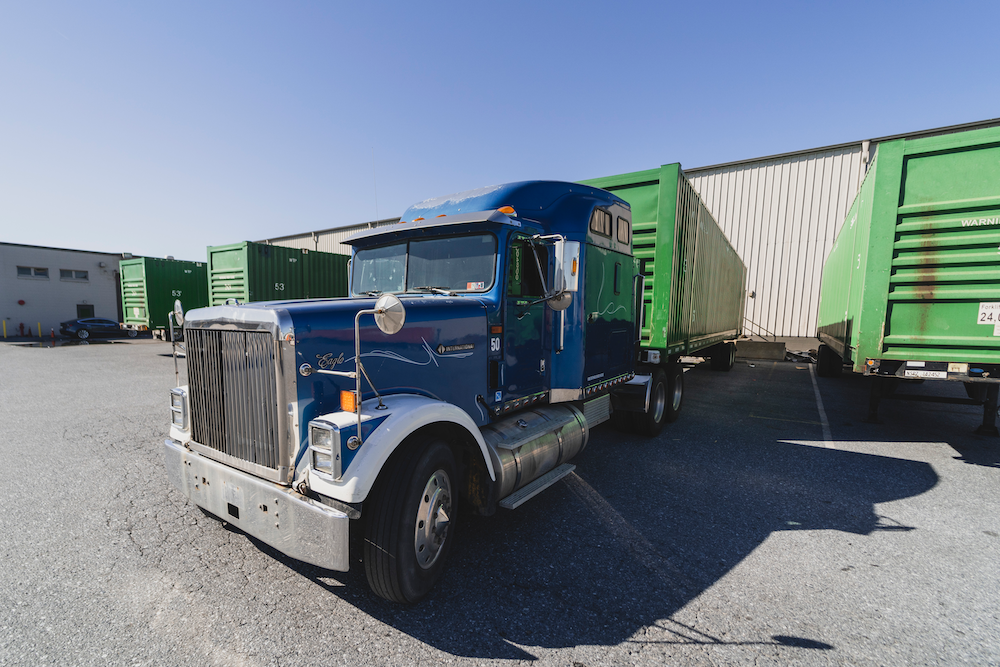
HAZMAT and Tanker Endorsements
While most intermodal truck loads originating from the rail are dry goods in a standard 53’ container, there will also be loads available to carriers that are stored in tanks as well as shipments of hazardous materials. In order to run a Tanker or HAZMAT intermodal load, a driver will need to have a Tanker or HAZMAT endorsement on their commercial driver’s license (CDL).
Read Here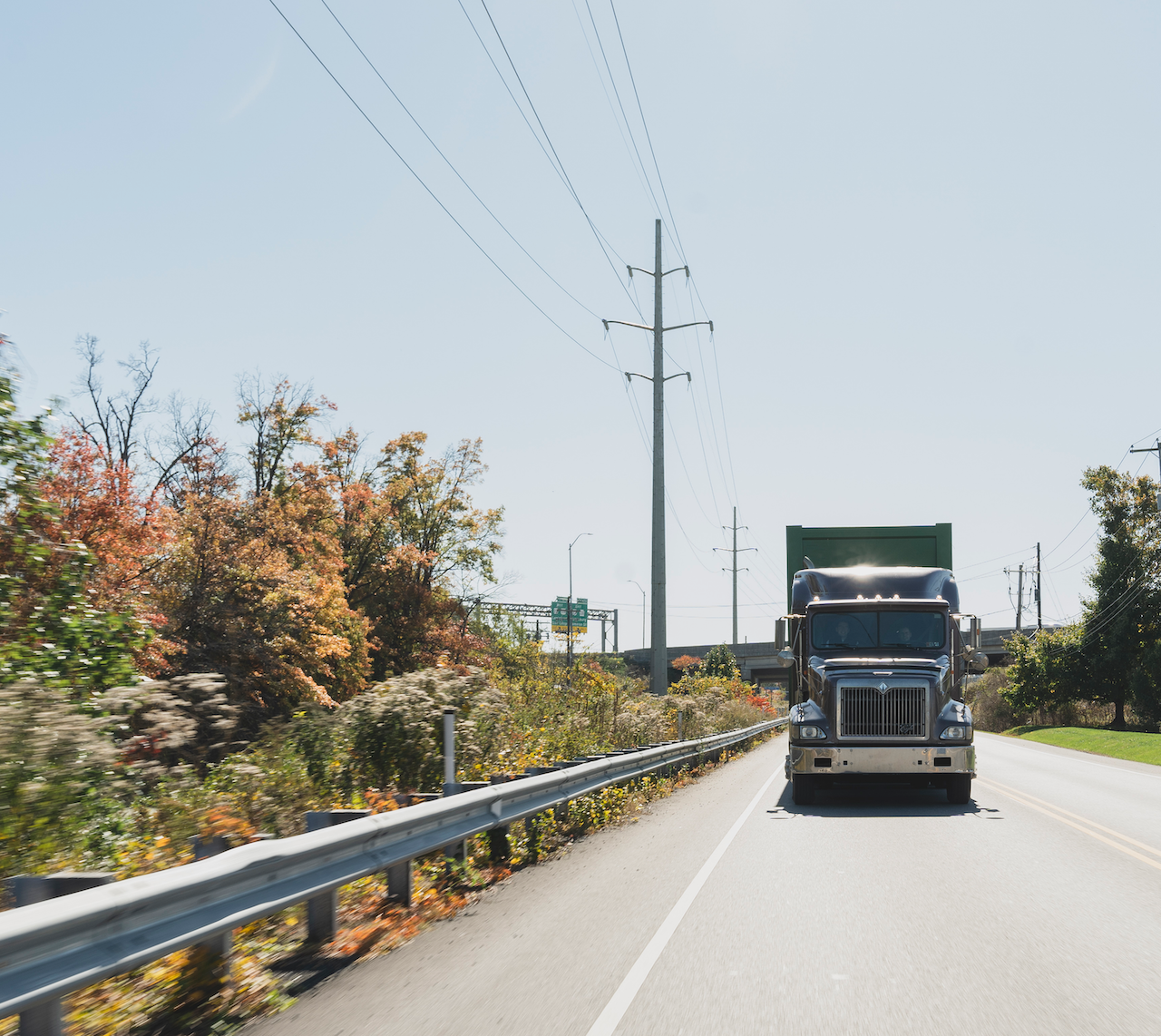
Getting Paid
Here at DrayNow, we want to make sure that carriers get paid on time. Refer to the link below to get all of the information that you need to successfully set up your payment options.
Read Here
Signing Up New Drivers on the App
DrayNow has the flexibility to work with carriers of any size, whether they’re a single owner operator or they have an entire fleet of trucks. Aside from signing up dispatchers to help manage their company’s freight, carriers can also sign-up multiple drivers under their authority to also haul loads from the DrayNow app.
Read Here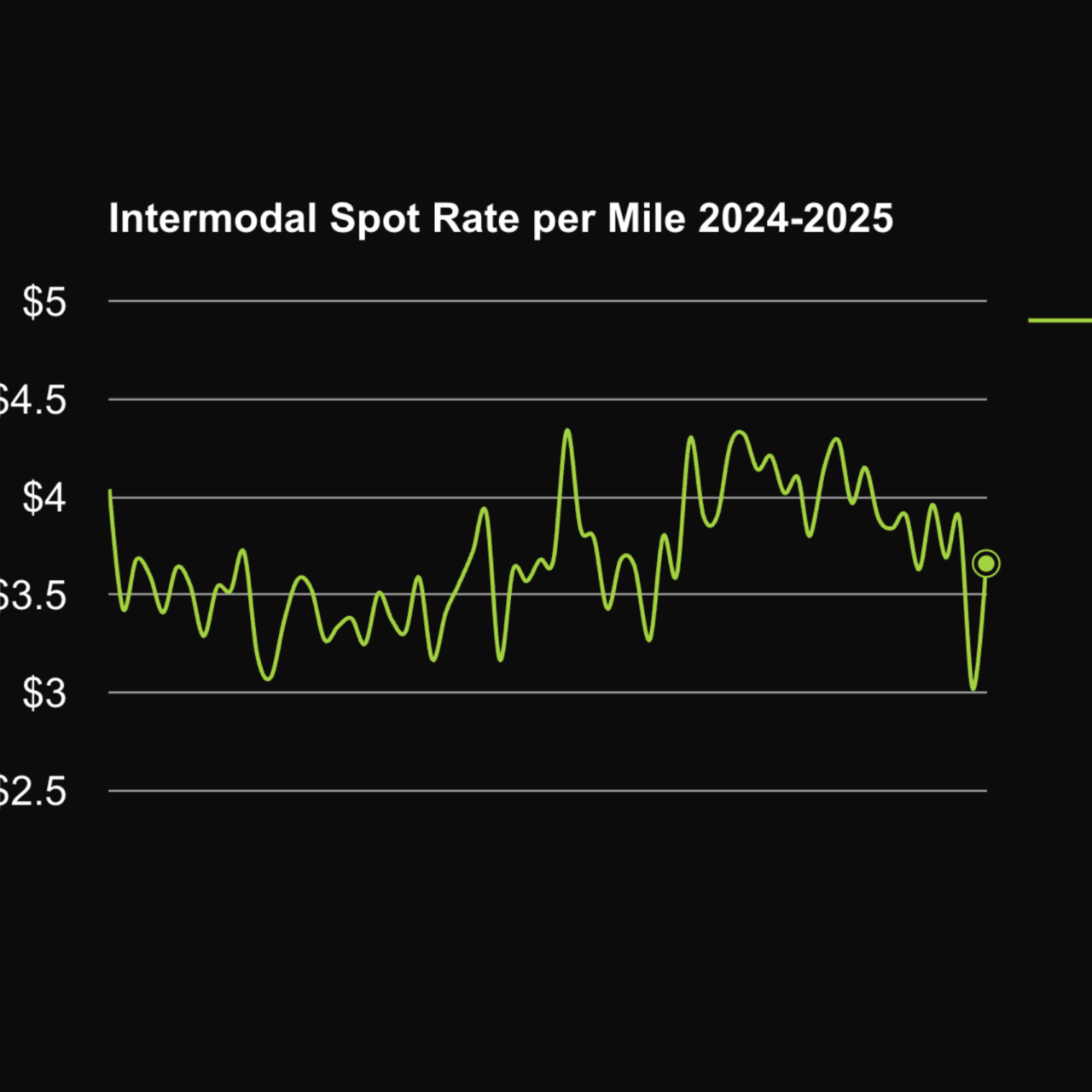
Using the Intermodal Spot Rate Tracker
As you may have seen, DrayNow has introduced the Intermodal Spot Rate Tracker to help carriers get an understanding of current marketplace conditions on the DrayNow app. The tracker shows average spot rates across all markets for each week. We also include weekly updates that interpret the trends seen on the average spot rate chart.
Read Here
Planning a Trip to the Warehouse
No matter how much you’d like to avoid them, wait times are an inevitable part of the trucking experience. There’s rarely a time that a truck driver will show up at the warehouse and be the only one there getting worked on. How can a carrier work to reduce the time at the warehouse? Follow these quick tips here.
Read Here
Understanding Trip Types on the App
Aside from the usual Pickup and Delivery options that are available on the app, carriers can also see Crosstowns, Empty Repositions, One-Way Pickups & Deliveries, as well as Two-Stop Pickups & Deliveries. Are you new to intermodal and not necessarily with what each of these trip types entail? Learn more here.
Read Here
Carrier Detention
Industrywide, the standard is that if a motor carrier has to wait to get their container unloaded during a delivery, or loaded during a pickup, they are paid for any time spent waiting after a certain amount of time. With DrayNow, a carrier can get detention at the rate of $50 per hour after two hours for a live load, and after one hour for a drop and hook.
Read Here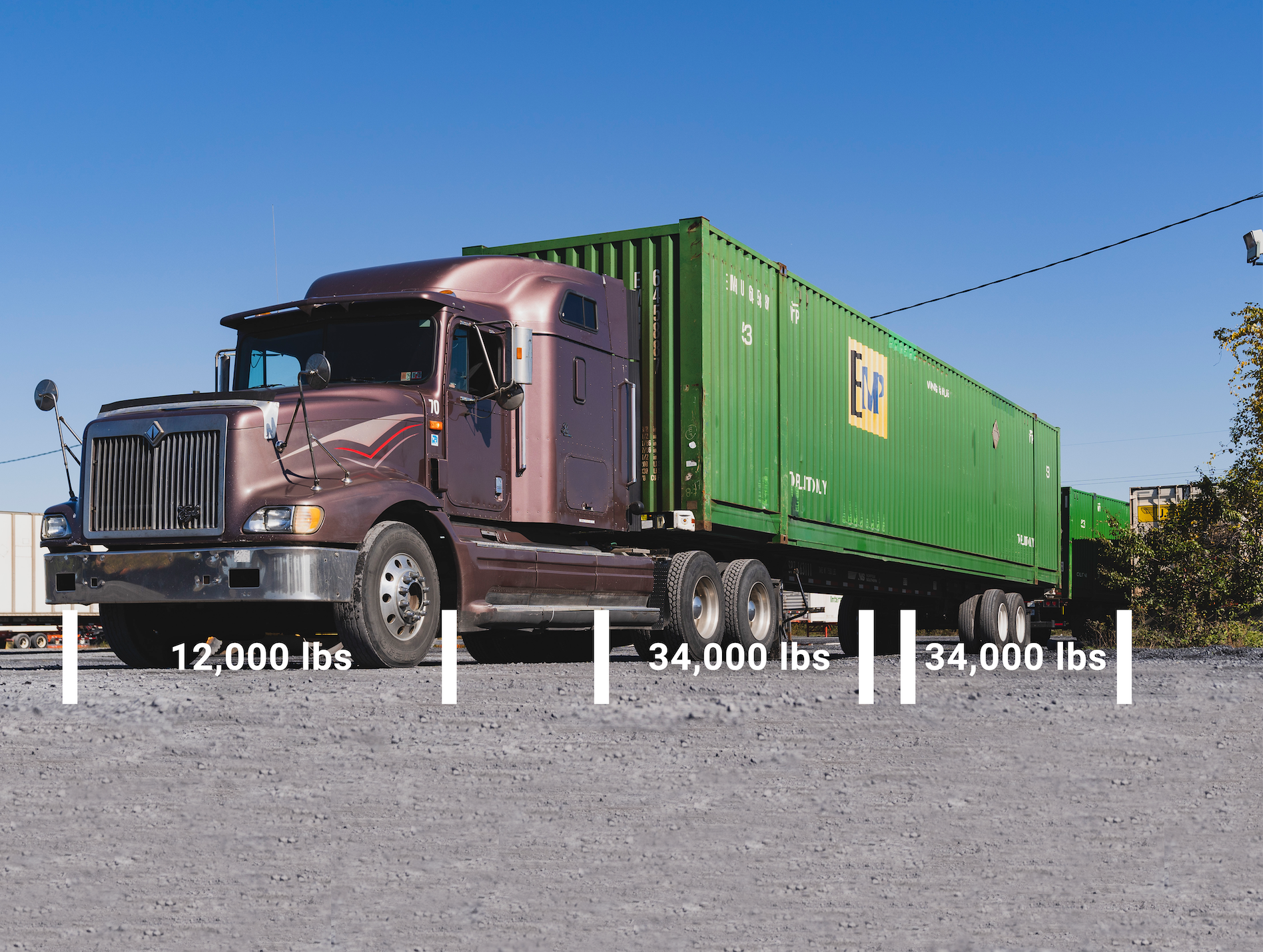
Intermodal Freight Weights
In order to use the DrayNow app to haul freight, a carrier needs a tandem axle tractor. What separates a tandem and single axle tractor is that tandems have an extra set of axles, therefore distributing weight more effectively across the tractor and chassis. It’s recommended that intermodal containers hold no more than 42,500 pounds of freight.
Read Here
Setting Up a Dispatcher
With DrayNow, there is no need to underutilize those working with you. When going through the registration process, you can also set up a dispatcher account, so that anyone who helps manage your day-to-day operation can find the best freight for the business and quickly pick it up off of the platform.
Read Here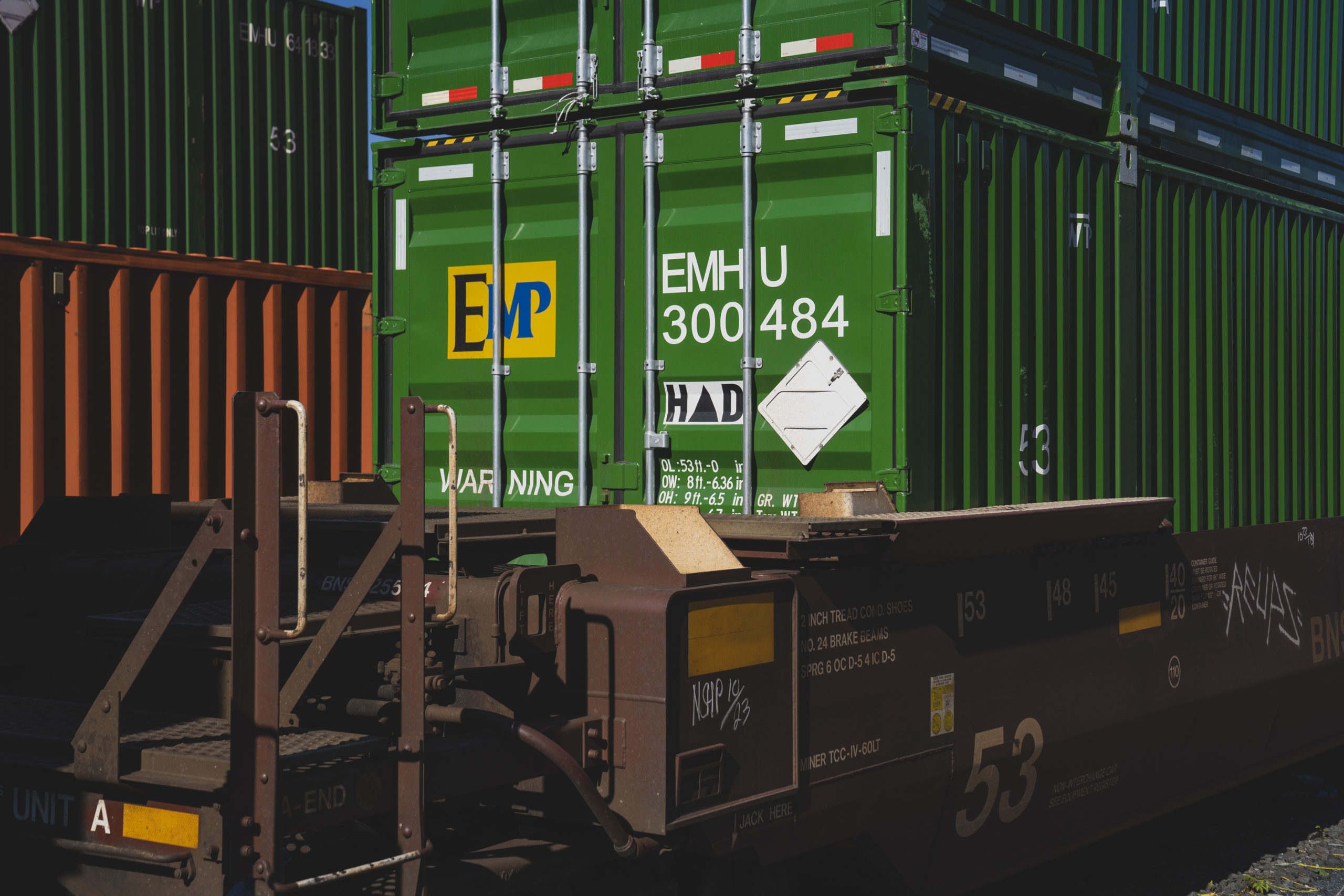
Accessing Rail Apps
By using these apps, carriers can have an easier time when planning their route, when they should leave for the rail, and the ingate & outgate experience. Just as DrayNow is here to streamline where to find loads and all of the information a carrier needs for a trip, these apps are here to cut down on time and make everything as seamless as possible.
Read HereGet Started
Ready for a new way to haul?
Download the app to get started with DrayNow.